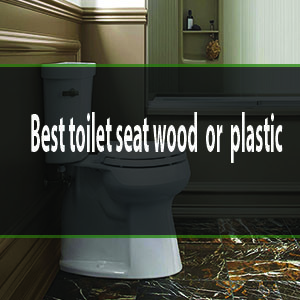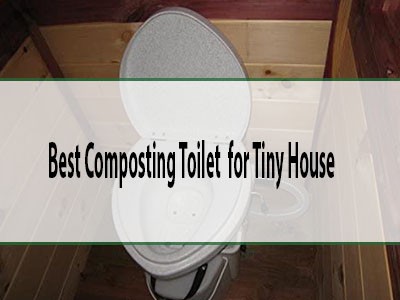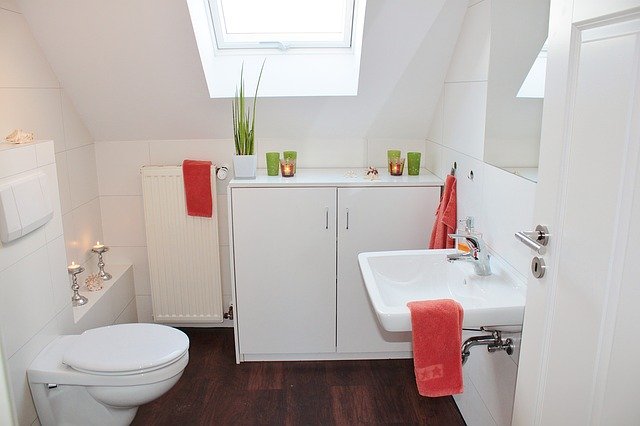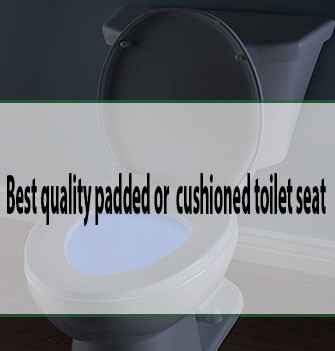Have you ever flushed your toilet, only to hear the water keep running long after it should’ve stopped? It’s not just annoying—it’s actually wasting water, and that can drive up your water bill pretty quickly.
So, what’s causing this frustrating issue? More importantly, how can you fix it? If your toilet won’t stop running, you’re definitely not alone. The good news is, the solution might be easier than you think.
In this guide, we’ll go through the most common reasons behind a running toilet and show you exactly what to do to fix it. Keep reading—you’re just a few simple steps away from stopping that endless flow, saving water, and cutting down your utility costs!
Table of Contents
Common Causes Of A Running Toilet
If your toilet keeps running after you flush, it’s probably because one of the following issues is happening. Let’s break them down in simple terms so you can figure out what’s going wrong and how to fix it.
1. Worn-out Flapper
The flapper is the rubber piece at the bottom of your toilet tank. When you flush, it lifts up to allow water to flow into the bowl. Over time, this flapper can wear out or lose its seal. If the flapper is damaged or misaligned, water will keep leaking into the bowl, causing the toilet to run constantly.
Solution: Replacing the flapper is one of the easiest fixes for this issue. You can find a replacement at your local hardware store, and it’s usually pretty simple to install.
2. Faulty Fill Valve
The fill valve controls the water that refills the tank after each flush. If the fill valve is broken or not working correctly, it might not shut off properly, causing water to keep running into the tank. This will lead to an overflow or the toilet running nonstop.
Solution: In most cases, adjusting or replacing the fill valve will fix the issue. It’s a quick and straightforward fix for most homeowners.
3. Issues with the Float
The float controls the water level in your toilet tank. If it’s set too high, water will overflow into the overflow tube, causing the toilet to keep running.
Solution: Adjusting the float to the correct water level can stop the continuous running. The water level should be about an inch below the top of the overflow tube. This is an easy adjustment that can often solve the problem.
4. Problems with the Chain
The chain connects the flush handle to the flapper. If the chain is too tight, the flapper might not close all the way, leaving water to keep leaking out. If the chain is too loose, it might not open the flapper properly.
Solution: Adjust the chain length so that there’s just a little slack when the flapper is closed. This simple fix can prevent your toilet from running.

Credit: www.wikihow.com
How A Running Toilet Wastes Water
A running toilet isn’t just a noisy nuisance—it’s wasting a lot of water. Here’s why this matters:
What Does a Running Toilet Mean for Your Water Bill?
According to EPA, A running toilet can waste up to 200 gallons of water a day—and that’s not just a small leak. It’s equivalent to taking 10 showers or running multiple laundry loads. Think about it: that water waste can quickly lead to a big spike in your water bill.
Even if you don’t notice the change right away, the cost adds up over time. Fixing the problem as soon as possible will save you money in the long run.
The Environmental Impact of Wasted Water
Wasting water doesn’t only affect your wallet—it has a real environmental impact too. Clean water is a limited resource, and every drop counts. When you let your toilet run, you’re contributing to the strain on local water supplies. Every little bit helps when it comes to conserving water, especially in areas where droughts are a concern.
By fixing your toilet, you’re helping reduce unnecessary water waste and doing your part for the environment.
Why You Should Act Quickly
Ignoring a running toilet doesn’t just waste water—it can lead to more serious plumbing issues down the road. A running toilet might indicate that parts inside the tank are worn out and need replacing. If you don’t fix it soon, those parts could break down even more, leading to expensive repairs.
It’s always best to tackle this problem sooner rather than later. A quick fix now will save you money, prevent bigger plumbing problems, and give you peace of mind that you’re conserving water.
Step-by-step Troubleshooting
Now that you know why your toilet might be running, let’s walk through the steps to fix it. You don’t need to be a plumbing expert to troubleshoot your toilet—you can often solve this issue yourself with a few simple adjustments. Here’s how to do it:
1. Inspect the Flapper
The first thing you’ll want to check is the flapper. It’s the rubber part at the bottom of the tank, and it controls the water flow to the bowl. If the flapper is cracked, misaligned, or dirty, it won’t seal properly, and water will continue leaking into the bowl.
Solution: Lift the tank lid and check the flapper. If it’s damaged or not sitting right, replace it with a new one. Flappers are cheap and easy to replace—just bring the old one to the store to match the size.
2. Adjust the Float
Next, you’ll want to check the float. The float controls the water level in the tank. If it’s set too high, water will overflow into the overflow tube, causing the toilet to keep running.
Solution: Adjust the float so the water level is about an inch below the top of the overflow tube. If your toilet has a ball float (the round one), gently bend the arm down. For newer toilets with a cup-style float, there’s usually a screw on the fill valve that you can adjust. This simple fix can stop the toilet from running.
3. Check the Chain Length
The chain connects the flush handle to the flapper. If the chain is too short, it can prevent the flapper from closing properly. If it’s too long, the chain might get tangled, causing the flapper to stay open and water to leak out.
Solution: Check the chain and adjust it so there’s just a small amount of slack when the flapper is closed. A properly adjusted chain will ensure the flapper operates smoothly and stops the running water.
4. Test the Fill Valve
If the flapper, float, and chain all look good, then the issue might be with the fill valve. The fill valve controls how water enters the tank after flushing. If it’s not working right, it can cause the water to keep running.
Solution: To test the fill valve, flush the toilet and watch how the water enters the tank. If the water doesn’t stop or it’s coming in too slowly, the fill valve might be clogged or malfunctioning. Cleaning or replacing the fill valve can usually fix the problem. It’s a simple task and many hardware stores carry replacement valves.
More on Video Guide – @Home Repair Tutor:
When To Call A Plumber
Not all running toilet issues can be fixed with a simple adjustment. If you’ve tried everything and your toilet still won’t stop running, it might be time to call in a plumber. Here are some signs that professional help is needed:
-
Persistent running despite DIY fixes: If you’ve replaced the flapper, adjusted the float, and cleaned the fill valve, but the toilet still keeps running, the issue could be something more complex.
-
Visible leaks around the toilet: If you notice water leaking around the base of the toilet, it could indicate a broken seal or a problem with the plumbing connections.
-
Unusual noises after flushing: Strange noises, like whistling or gurgling, after flushing could signal a pressure problem or sediment buildup in the pipes.
-
Repeated overflows: If your toilet overflows frequently, there could be a blockage or an issue with the drain that needs professional attention.
A plumber will have the expertise to diagnose the problem and fix it properly, saving you time and stress in the long run.
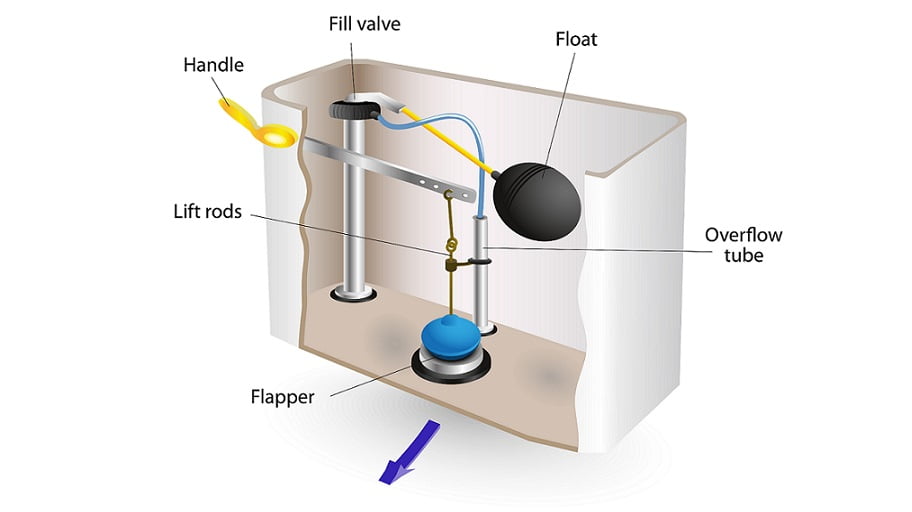
Credit: fantasticservicesgroup.com.au
Preventing Future Issues
Once you’ve fixed your running toilet, you’ll want to keep it in top shape to avoid future problems. Here are some tips for regular maintenance:
-
Inspect your toilet parts regularly: Every few months, check the flapper, fill valve, and chain for signs of wear. If you notice anything that looks worn out, replace it before it causes a problem.
-
Clean your toilet tank: Mineral buildup from hard water can affect the flapper and fill valve. Clean the tank with a gentle cleaner or vinegar to keep everything running smoothly.
-
Avoid tight chains: If the chain connecting the flapper to the flush handle is too tight, the flapper won’t seal properly. Adjust it so there’s just a little slack to ensure smooth operation.
Upgrade to Modern Components
If your toilet is old, it may be time to upgrade to newer, more efficient components. Modern fill valves, flappers, and flush systems are designed to last longer and reduce water waste. You can also consider installing a dual-flush system, which allows you to control the water usage for each flush. This will save you water and money in the long run.
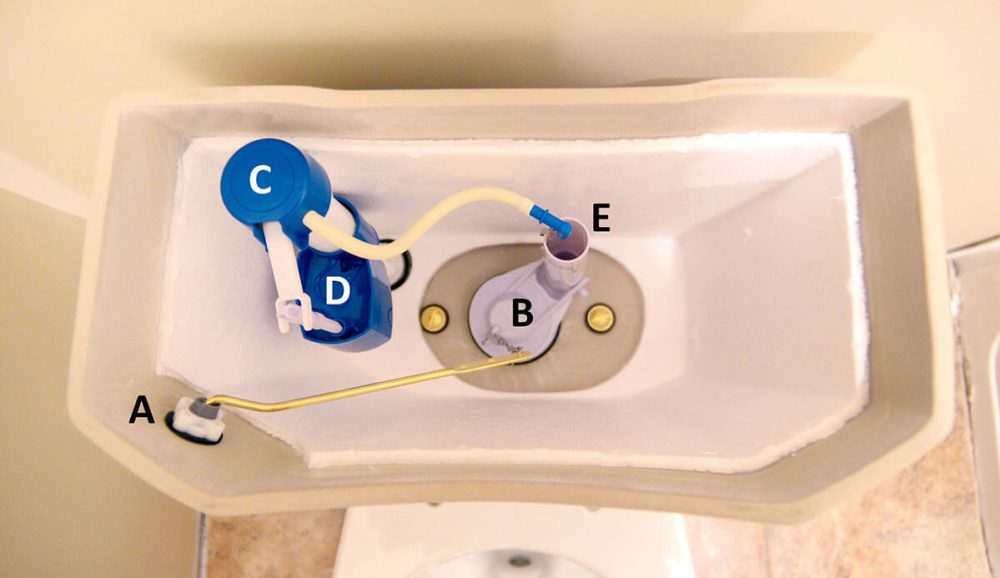
Credit: baileyokc.com
Frequently Asked Questions
How To Fix A Toilet That Keeps Running After Flush?
Adjust the flapper chain for proper length or replace a faulty flapper. Check and clean the fill valve.
How To Stop Water Trickling Into Toilet Bowl After Flushing?
Check the flapper valve for damage and replace if needed. Adjust the fill valve to stop overflow issues.
How Do I Know If My Flapper Or Flush Valve Is Bad?
A bad flapper or flush valve causes constant running water, weak flushes, or incomplete tank refills. Inspect for wear, cracks, or misalignment. Replace promptly to prevent water waste and higher bills.
How Do I Stop My Toilet From Refilling After Flushing?
Adjust or replace the flapper if it’s worn or misaligned. Check the fill valve and float for proper settings.
Conclusion
A running toilet is more than just an annoying sound—it’s a major water waster that can lead to higher utility bills. The good news is that most running toilet issues are easy to fix with a few simple adjustments. Whether it’s replacing a worn-out flapper, adjusting the water level, or cleaning out the fill valve, you can usually solve the problem yourself.
By acting quickly to fix a running toilet, you’ll save water, save money, and prevent bigger plumbing issues down the road. So, don’t ignore the problem—get your toilet back in working order today and keep your home running smoothly.



